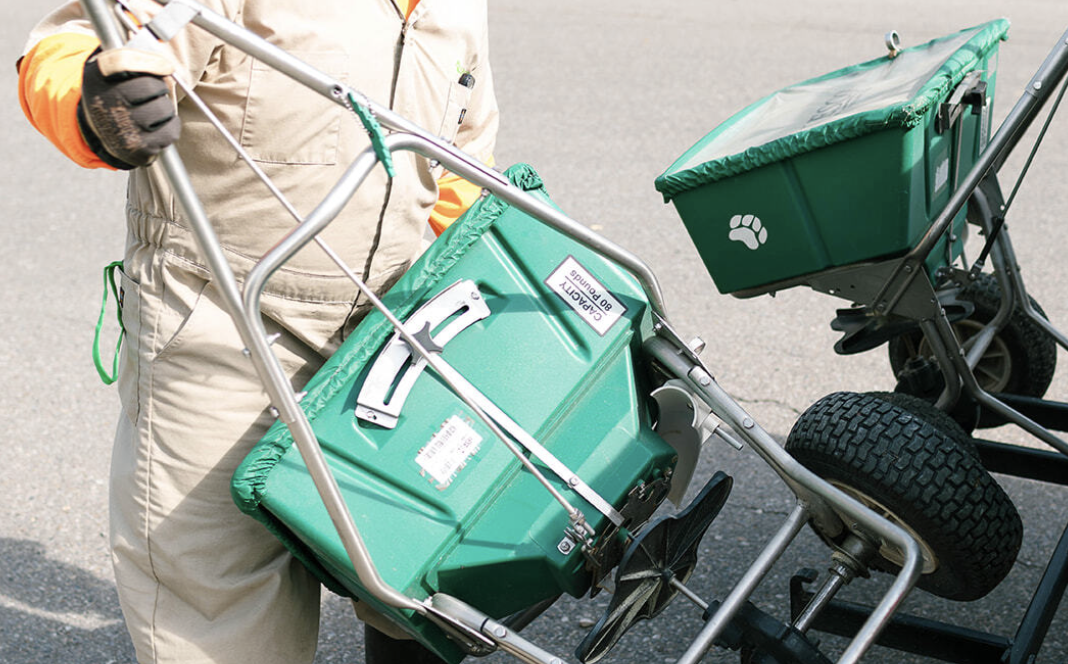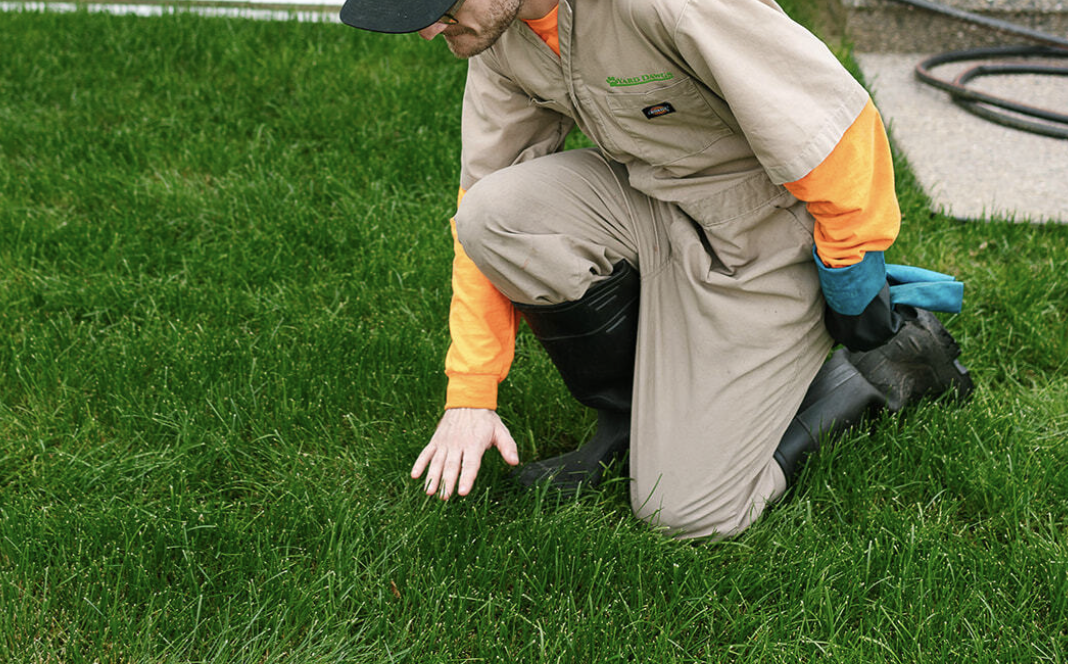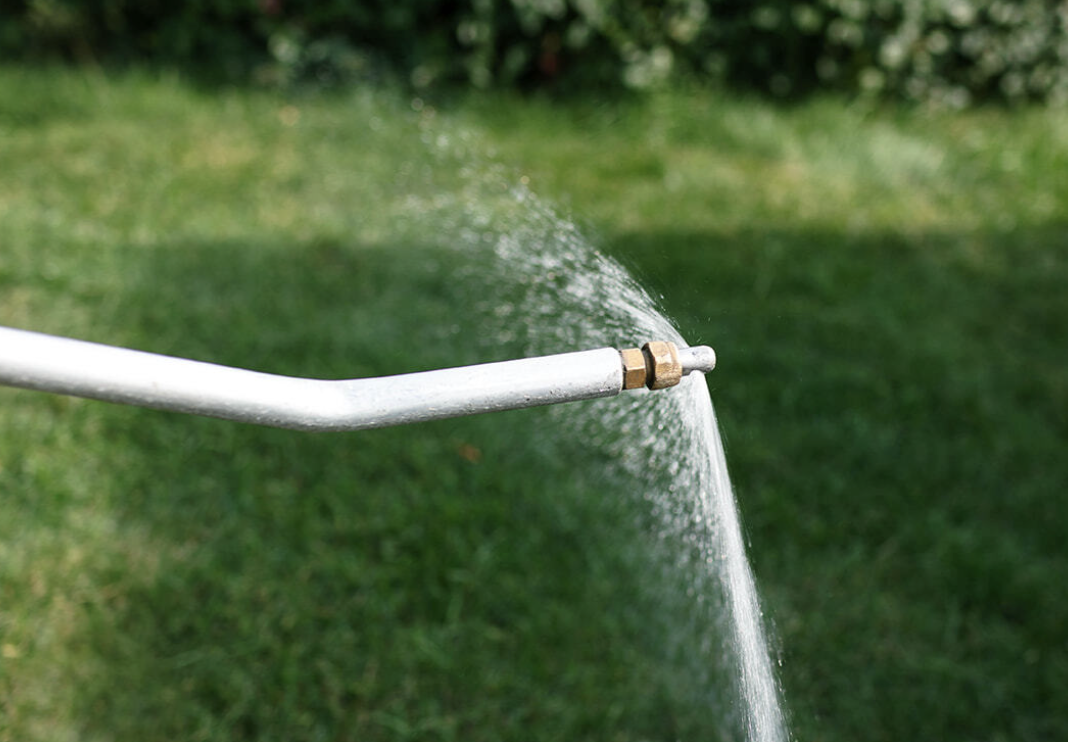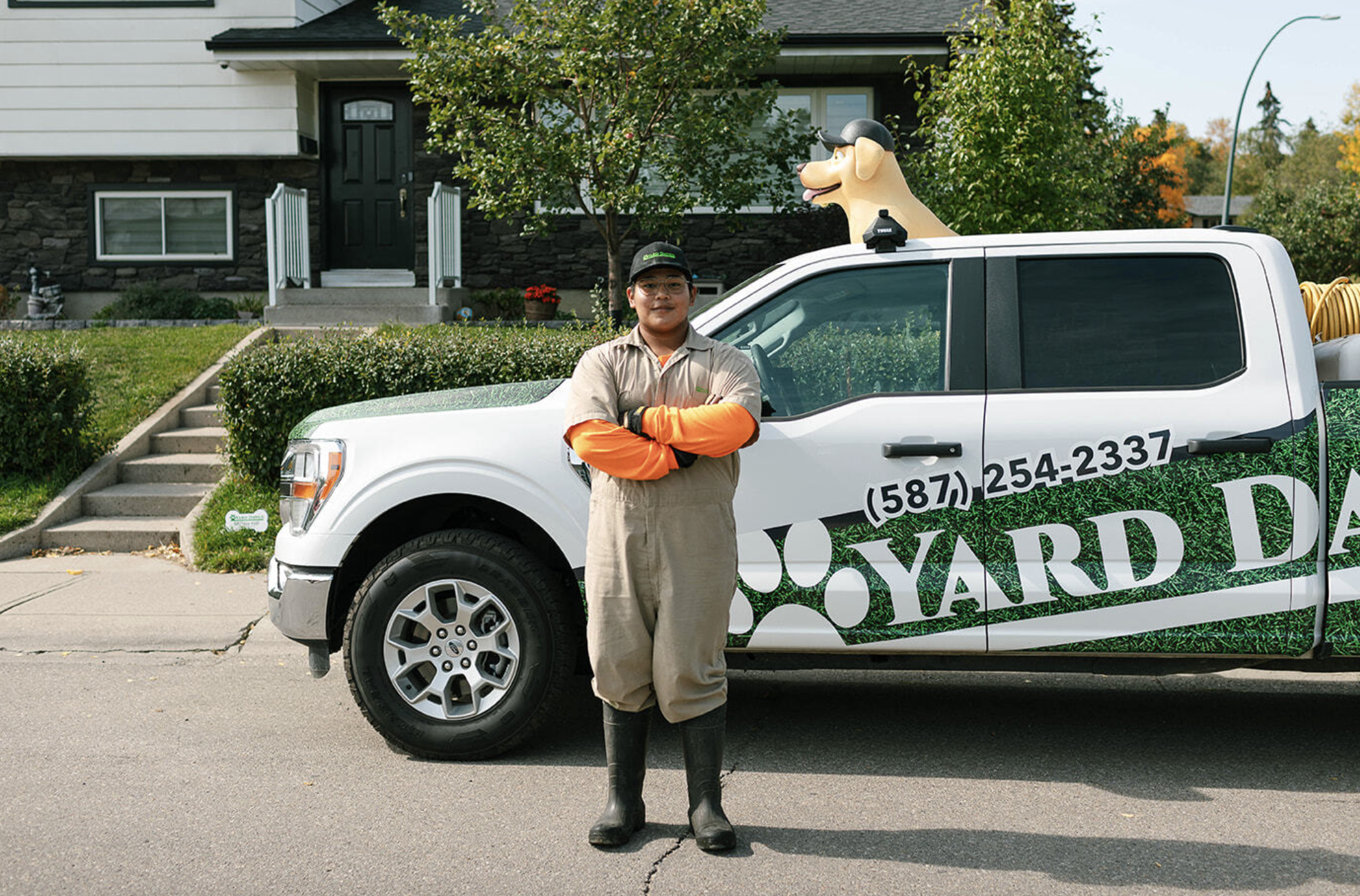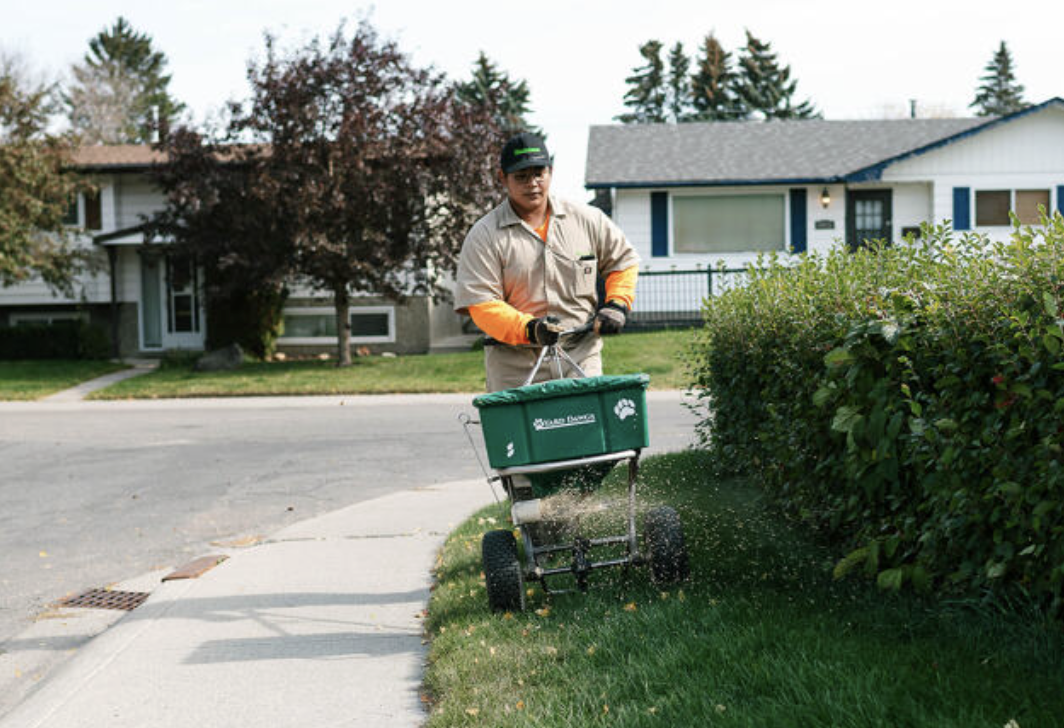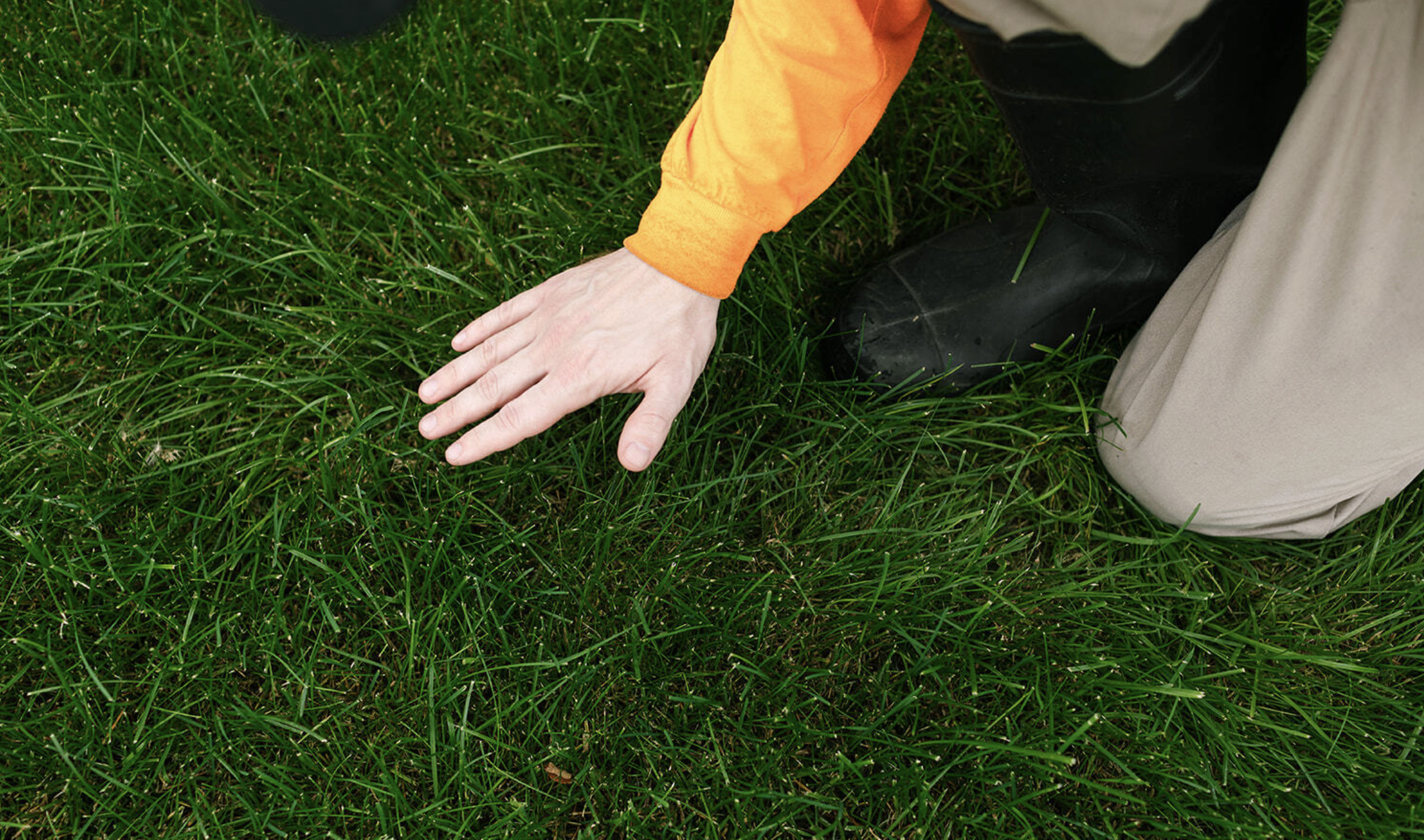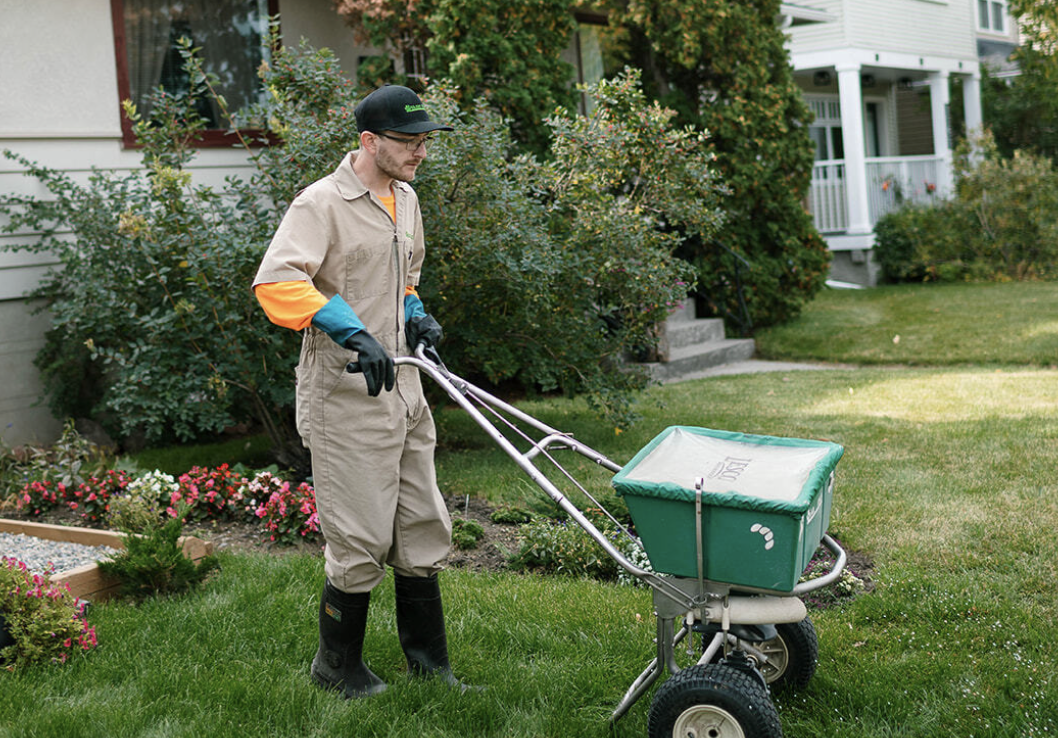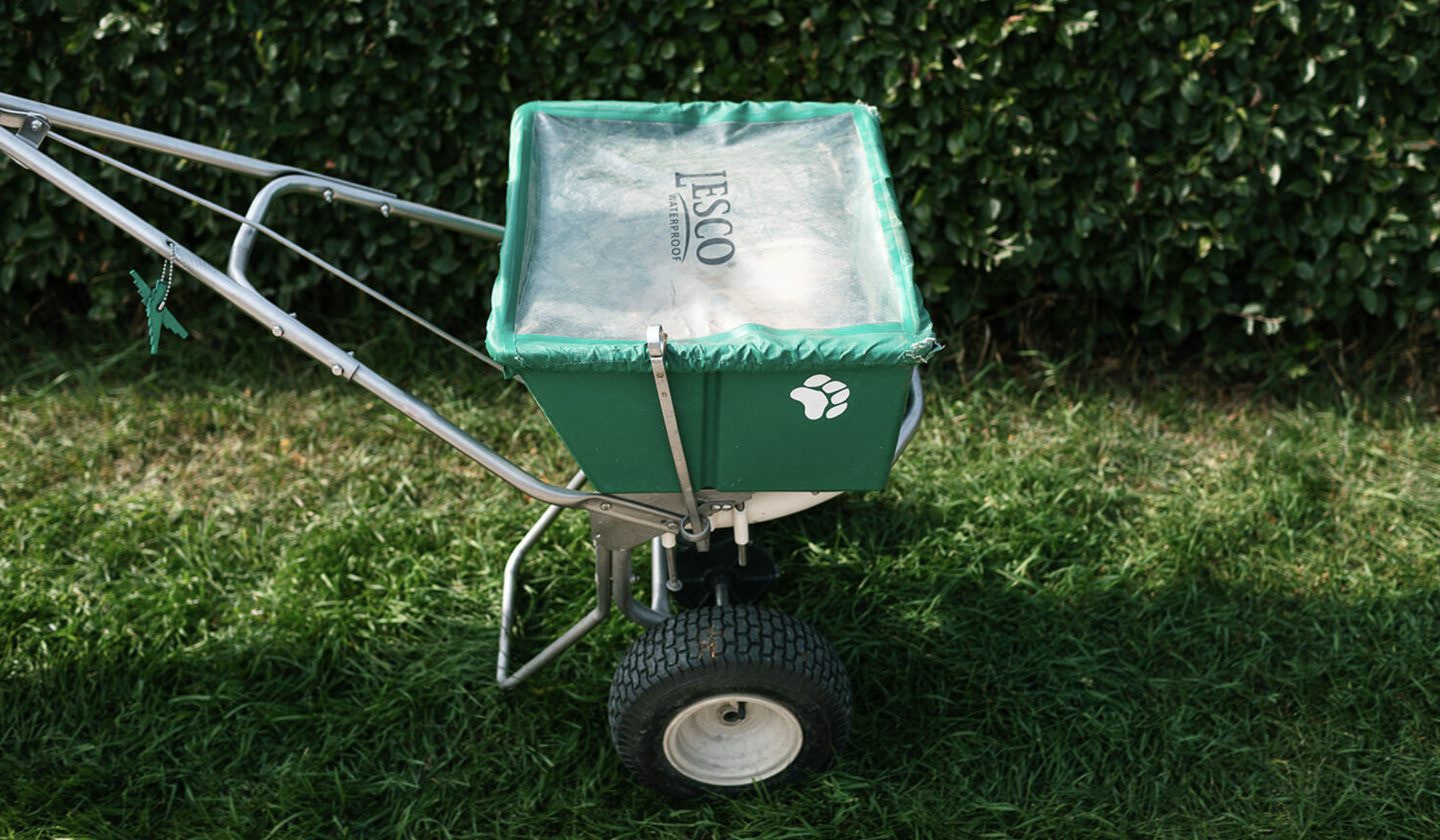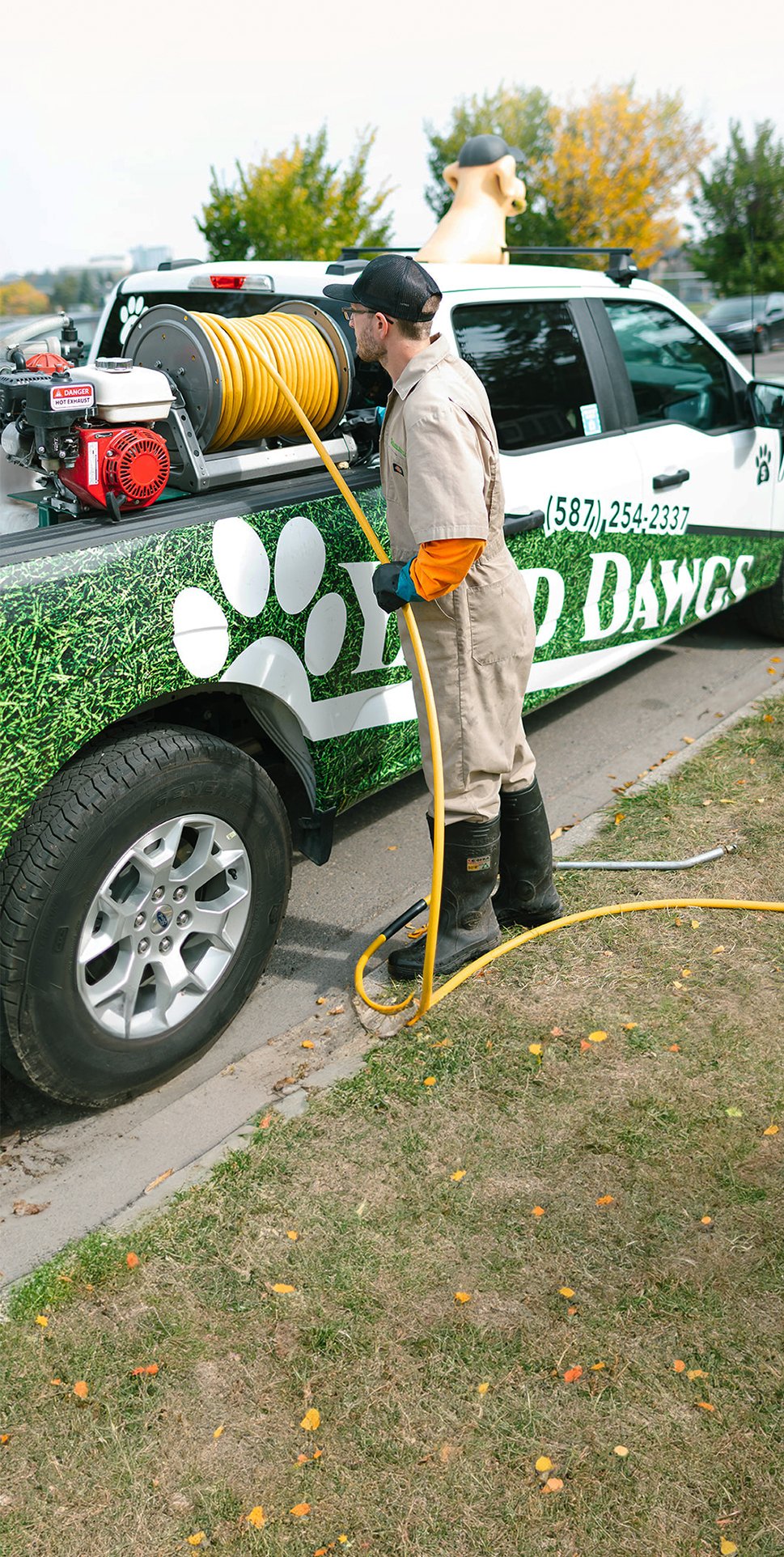Lawn grubs are one of the most common and destructive pests for homeowners in Canada. These small white larvae may seem harmless at first, but they can cause serious damage to your lawn if not dealt with in time. From patchy brown spots to increased wildlife digging, grub infestations can quickly turn a lush yard into a mess.
The good news is that with the right knowledge and action, you can identify the signs early and take control before grubs ruin your lawn. Here's everything you need to know.

What Are Lawn Grubs?
Grubs in grass are the larvae of various beetles, such as Japanese beetles, European chafers, and June bugs. These larvae live in the soil and feed on grass roots, which leads to the grass dying and lifting easily from the soil.
Life cycle of lawn grubs
Understanding their life cycle helps in timing your treatments effectively:
- Spring: Grubs in grass become active as the soil warms and start feeding before pupating into adult beetles.
- Summer: Adult beetles emerge, mate, and lay eggs in the soil.
- Late summer to early fall: Eggs hatch into new grubs, which feed aggressively on roots.
- Winter: Grubs burrow deeper into the soil to survive the cold.
Signs of Grubs in Lawn
Grub damage can resemble other lawn issues like drought stress or fungal diseases. Here are the clear indicators that lawn grubs might be to blame.
Brown patches that lift easily
One of the earliest and most telling signs is brown, irregular patches of grass that peel away from the soil like a carpet. When you lift the sod, you may find several C-shaped white grubs underneath.
Increased wildlife activity
Birds, skunks, raccoons, and even moles dig up lawns to feed on grubs. If you notice a lot of holes or turf damage overnight, it might be due to animals hunting for grubs.
Spongy turf
If your lawn feels soft and spongy underfoot even when it’s not wet, it could mean the roots have been eaten away by grubs in grass.
Visible grubs in the soil
To confirm the problem, do a simple grub check. Cut out a one-square-foot section of turf and peel it back. If you count more than five or six grubs in that area, treatment is likely needed.
How to Get Rid of Grubs in the Lawn
Once you’ve confirmed a grub problem, there are several options for getting rid of them, ranging from natural to chemical methods.
Apply beneficial nematodes
Nematodes are microscopic worms that naturally parasitize and kill grubs. They are safe for people, pets, and the environment. For best results, apply them in late summer or early fall when grubs are young and near the surface.
- Water your lawn before and after application to help them penetrate the soil.
- Apply on a cloudy day or in the evening to avoid UV exposure.
Use grub control products
There are two types of chemical treatments for grubs:
- Preventive treatments: These include products containing imidacloprid or chlorantraniliprole. They are most effective when applied in late spring or early summer before grubs hatch.
- Curative treatments: These include products with carbaryl or trichlorfon. They target existing grub populations and should be used in late summer or early fall.
Always follow label instructions and consider consulting a professional before using chemical solutions.
Maintain a healthy lawn
A thick, well-maintained lawn is more resistant to grub damage. Improve your lawn’s health with the following practices:
- Mow at the proper height to promote deeper root growth.
- Aerate your soil in spring or fall to improve water and nutrient absorption.
- Fertilize regularly to keep grass strong and vibrant.
Water deeply but infrequently
Grubs thrive in moist environments. Water your lawn deeply once or twice a week instead of daily light watering. This encourages deeper root systems and discourages beetles from laying eggs in your lawn.
Consider reseeding damaged areas
After treating for grubs, overseed or reseed damaged patches to help the lawn recover. Choose a hardy grass variety suited to your region and continue with consistent watering and care.
Grub Control Routine for Homeowners
If you suspect grubs in your lawn or want to prevent future infestations, follow this practical step-by-step grub control routine:
Inspect your lawn regularly
Pull up small squares of sod in spring or late summer and check for C-shaped white grubs. If you consistently find more than 5 to 10 grubs per square foot or areas of turf lift easily, this indicates a problem worth treating.
Choose the right treatment method
For a natural and eco-friendly solution, use beneficial nematodes when the soil is moist and soil temperature is above 10 to 15 degrees Celsius. These microscopic organisms infect and kill grubs underground. For a long-lasting biological option, consider applying milky spore in late summer or early fall when grubs are actively feeding near the soil surface. For severe infestations where immediate results are needed, a chemical insecticide labeled for grub control may be used following all instructions carefully.
Apply treatments at the optimal time
Late summer to early fall is ideal because grubs are young and closer to the soil surface, making treatment more effective. Apply nematodes in the early morning or evening or on overcast days and water the lawn lightly before and after application. This helps the nematodes move into the soil and prevents heat-related die-off.
Maintain optimal soil and lawn conditions
Keep your lawn well-aerated and avoid soil compaction. Healthy, vigorous roots are less vulnerable to grub damage. Water deeply but infrequently to encourage strong roots. Fertilize appropriately to support root strength and recovery if damage occurs.
Monitor and repeat as needed
After treatment, wait a few weeks and inspect again. If grub numbers remain high, repeat the treatment or switch to a different method. Perform seasonal checks, especially in late summer and spring, to catch new infestations before they cause major turf damage.
Use lawn care as prevention
A healthy, dense lawn is the first defense. Regular mowing, proper watering, balanced fertilization, and periodic aeration make it harder for grubs to take hold. Minimizing thatch and ensuring good drainage helps prevent the moist, protected soil that grubs prefer for laying eggs.
When to Call in the Experts
If your lawn has been severely damaged or if DIY methods are not yielding results, it may be time to contact a professional lawn care service. A team with experience in grub management can assess the infestation and apply the right solutions at the correct time.
Professional services can also:
- Monitor for future grub activity
- Apply safe and effective treatments
- Repair and restore damaged turf
Preventing Future Grub Problems
Once you get rid of grubs, you’ll want to keep them from coming back. Here are a few ways to protect your lawn long-term.
Monitor for beetles
Keep an eye out for beetle activity in the summer. If you notice them swarming or laying eggs, plan ahead with a preventive treatment.
Maintain proper mowing and watering habits
Keeping your grass at a healthy height and watering deeply will help deter grub infestations and make your lawn more resilient.
Stay ahead with regular inspections
Do seasonal grubs in grass checks to spot any signs early. Spring and late summer are ideal times for inspection.
Let the Pros Handle It
Grub problems can quickly escalate without the right care. Let Yard Dawgs handle the job so you can get back to enjoying a healthy, green lawn.


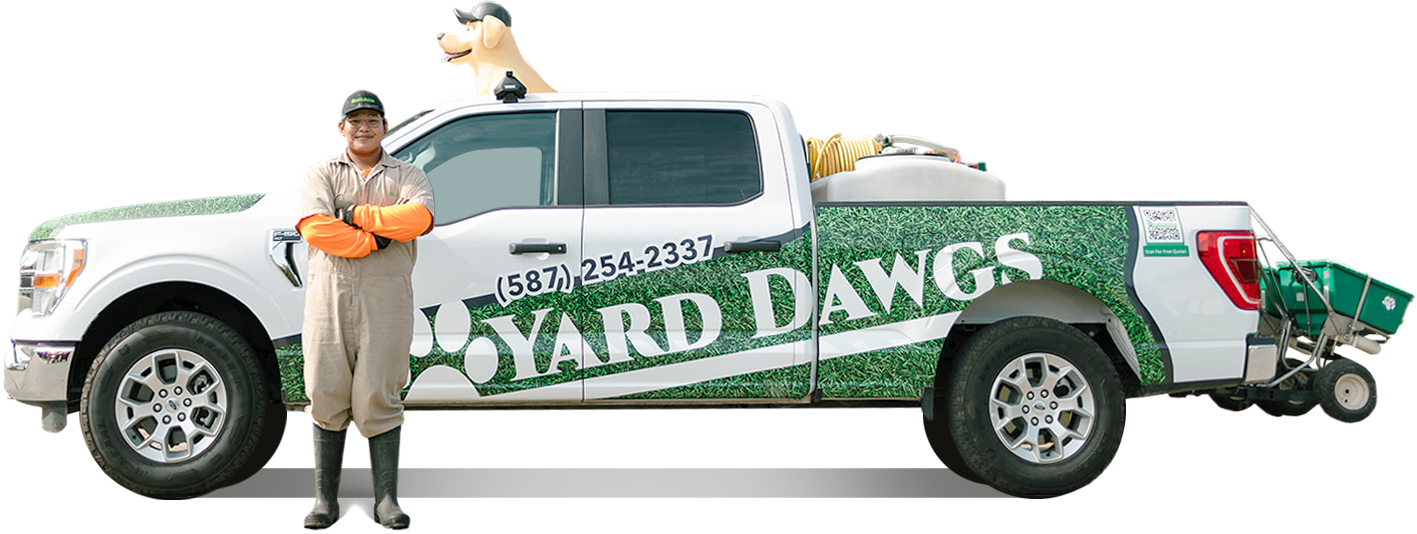


.png)
